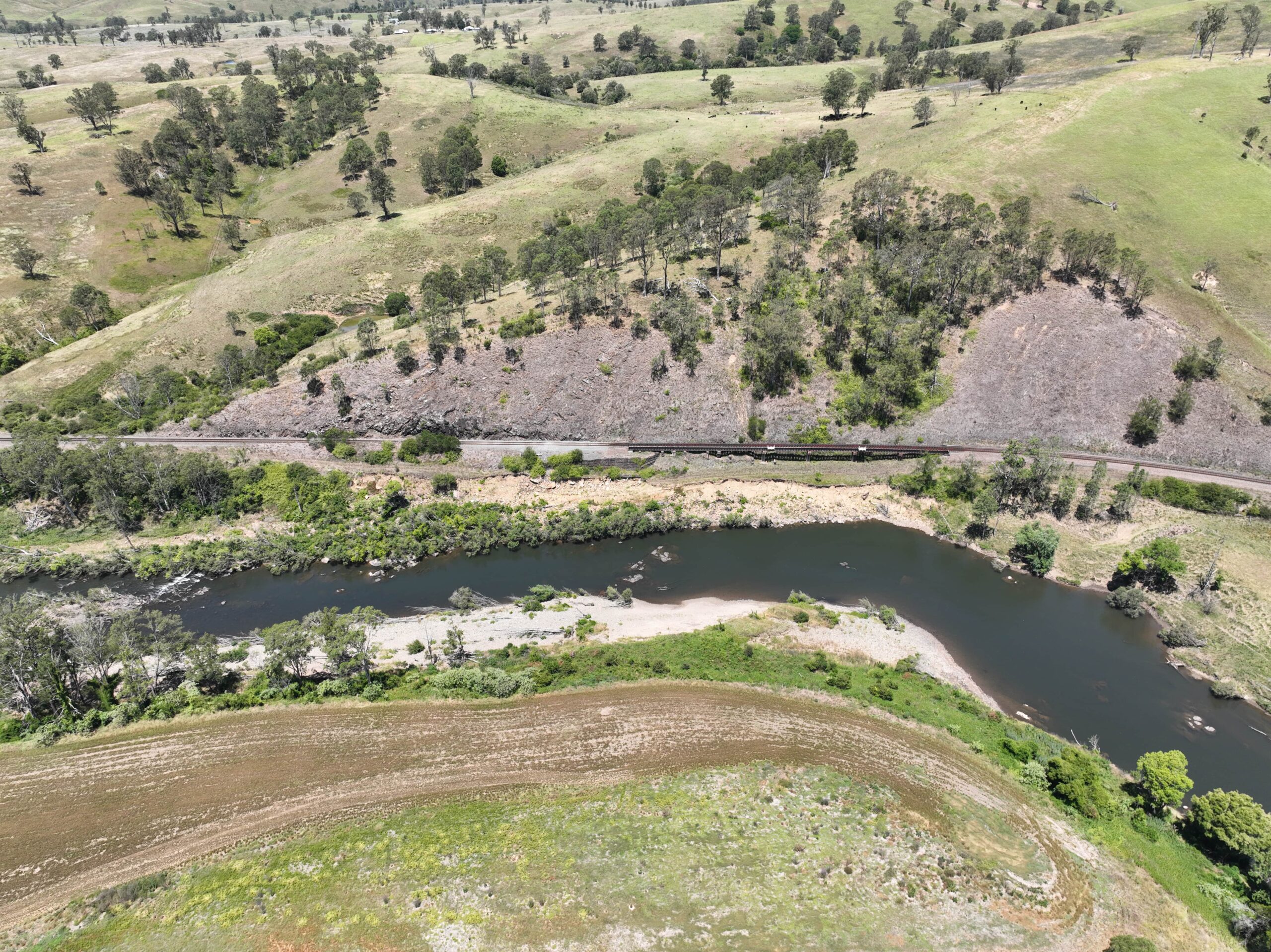This year, much like the start of 2020, has been a confrontation of crises. This year New Zealand’s north experienced extreme rainfall causing widespread flooding events just days apart, with Cyclone Gabrielle following in quick succession. Ex-tropical cyclone Ellie wreaked havoc in the Kimberley with hundreds of people living in multigenerational homes now homeless. Emergency response was hampered with the remote region cutoff as a result of significant damage to the sections of Great Northern Highway and Fitzroy Crossing.
While each event was devastating in its own right, and a national state of emergency called, the cumulative impact on infrastructure has left communities crippled.
Flooding and landslips closed rail lines and major roads, inundated buildings and left many suburbs without critical services. Widespread power outages meant gaping holes in the communications network, and back-up batteries in many cell sites failed within hours and days. The transport and telecommunications network collapsed and connectivity with impacted loved ones left a wake of not only devastation but an equal measure of distress.
Another vivid demonstration of the compounding impact of extreme weather events on infrastructure and another resounding call to arms. Even with urgent action to address climate change, extreme weather events will continue to become more frequent. And while it’s important to improve our response to these events, we must prepare better for them – starting now.
Our infrastructure must enable greater resilience and support communities withstand the next weather events, which will increase in intensity. That means changing how we have traditionally planned, designed and constructed for gradual change. We also need to operate assets responsively for more rapid recovery.
In the face of fire, flood and other natural disasters, infrastructure is key to community resilience. This is also true for human-induced catastrophes.
Infrastructure does more than provide us with essential services. It also connects us—physically through transport networks and virtually through communication networks. Infrastructure enables people to thrive – it is the very foundation of resilience.
But infrastructure systems are intrinsically entwined with natural systems. And climate change affects them all. These systems are now poised to interact in new and sometimes unexpected ways.
Crisis exposes vulnerability and inequity. It can also be a catalyst for positive change. The recently-released AR6 Synthesis Report, authored by the Intergovernmental Panel on Climate Change, shows our journey of insufficient action and a pathway to increasingly dire outcomes.
The time to act is now.
With commitments and targets in place, there are 81 months to deliver substantial reductions in emissions. There will be difficult choices to accelerate emission reduction for the future and balance how we meet demands of today. This requires consideration of outcomes at the outset of planning new infrastructure and paying greater attention to valuing our aging infrastructure.
As we reduce emissions, and increase resilience enabled by infrastructure, its time to look back and learn. Question what has been done in the past and take heed of approaches that no longer serve us.
We step into this difficult phase, understanding that economies will be challenged with higher inflation and considerable uncertainty. Its time to adjust the collective risk appetite as our shared responsibility and take action for today and tomorrow.
Ainsley Simpson
Chief Executive Officer
Infrastructure Sustainability Council

